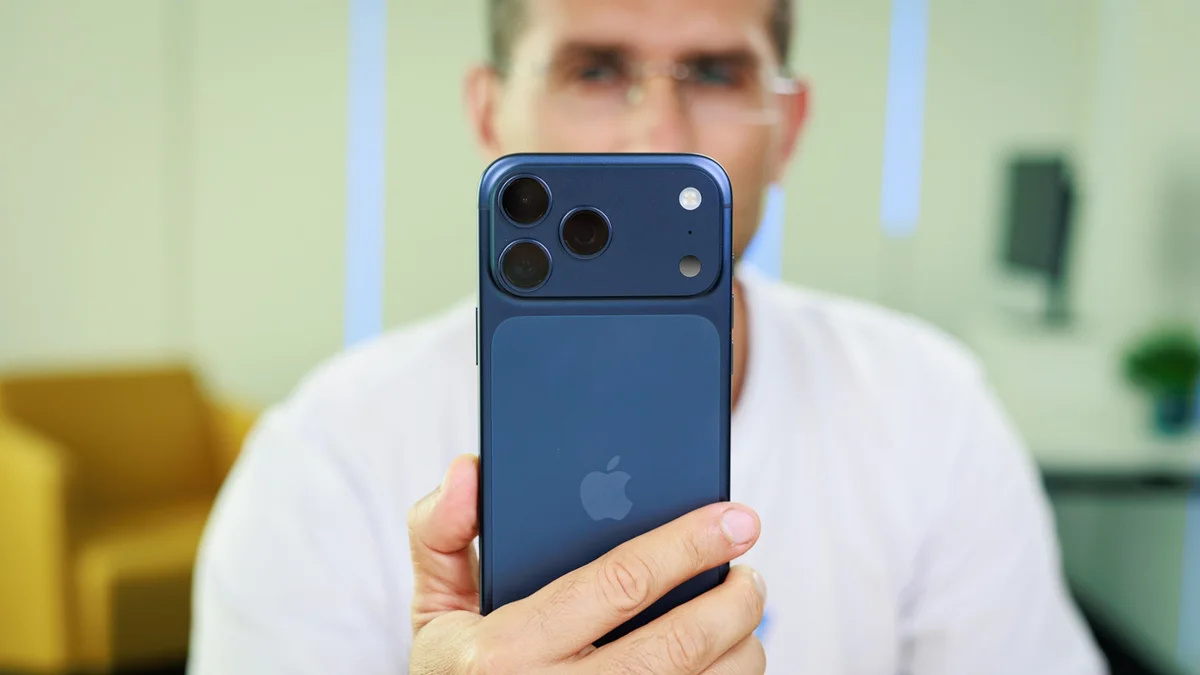It looks like the iconic September iPhone event, the annual pilgrimage for tech fans, might be getting a serious makeover. Apple is reportedly considering stretching its annual iPhone launches into two separate events, and honestly, this could be a major culture shock for the industry.
What happened to the annual iPhone spectacular?
The heavy hitters—the Pro and Pro Max models, along with the much-anticipated foldable—would still hit shelves during the traditional fall window. But here’s the kicker: the standard iPhone, the more affordable “e” model, and the rumored iPhone Air 2 would be held back until the first half of the following year (2027).
This basically means we’d be getting two iPhone cycles every 12 months, rather than one big spectacle. It’s an aggressive move, but one clearly designed to keep the competition scrambling.
Why is sustained hype a major gamble?
Apple’s biggest rival, the mighty Samsung, always drops its Galaxy S flagships in the first quarter of the year. This new split schedule would allow the standard iPhone models to go head-to-head with the Galaxy S line in the crucial early-year buying window, maximizing Apple’s presence year-round. It seems like this is about fighting the competition on their home turf and ensuring they dominate the conversation for more than just a few months.
When you think about it, the benefit is clear: sustained revenue and less pressure on the supply chain. The other question, though, is whether this constant trickle of “new” iPhones will water down the excitement.
Part of the brand power of the iPhone has always been that massive, industry-halting September moment. If you chop that into two, do you lose the magic? It’s a calculated risk, betting that better sales throughout the year are worth sacrificing that single, iconic, brand-defining hype cycle.
Dilution vs. smart market strategy
That said, I completely get it. The smartphone market is a constant war, and Samsung has been consistently challenging in the first half of the year. Apple is simply playing a smarter, more tactical game.
They are choosing sustained dominance over fleeting spectacle. If they execute this well, they get two bites at the market every year, and the only thing that gets “diluted” is our collective patience waiting for the best time to upgrade. I still think the Pro models will carry the bulk of the brand luster, but expect a lot of consumer confusion once this kicks off.







